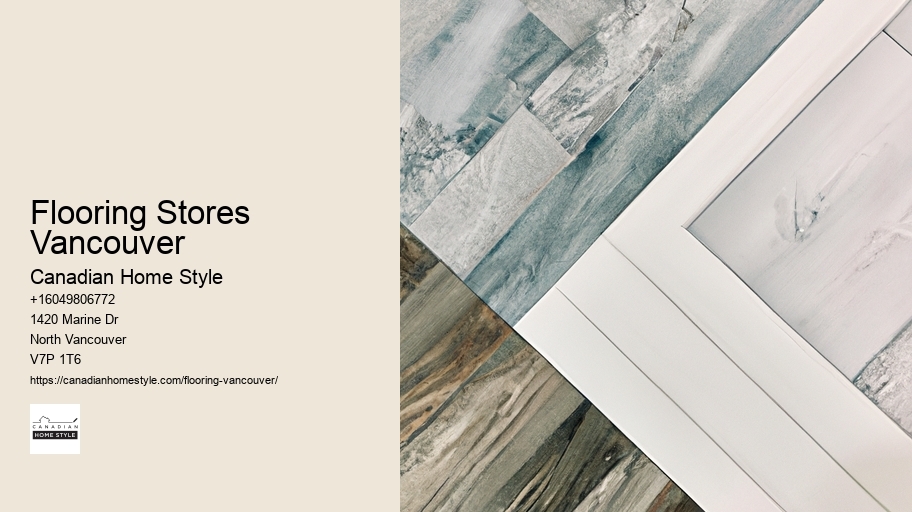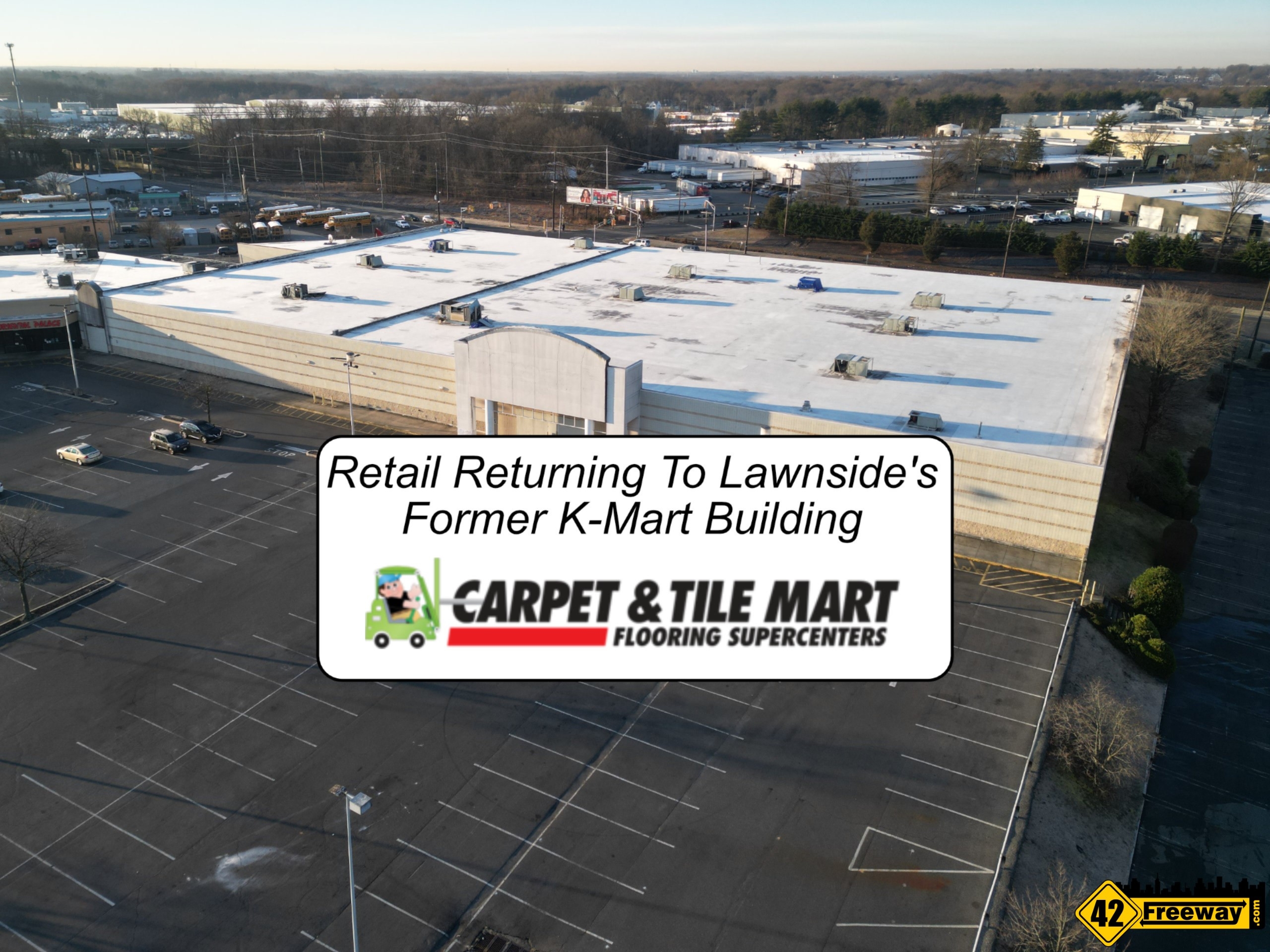

Installing laminate is a breeze, saving you time and potential hassle. And we're always looking for innovative ways to recycle and repurpose materials.
After exploring luxurious flooring options, let's focus on how to bring those visions to life through the design process. Floor Assessments Imagine stepping into a space that feels entirely new, simply because the floor now reflects your style and personality. Canadian Home Style is stepping onto the scene in Vancouver with a collection of flooring options that promise to infuse your home with a blend of trendsetting designs and timeless elegance. For hardwood floors, consider using mats in high-traffic areas to minimize wear.
Canadian Home Style's exclusive selections in Vancouver offer you a gateway to this luxurious experience, ensuring that each plank reflects the beauty and uniqueness of the woods from which they're sourced. Recycled wood is another trend gaining traction.
| Entity Name | Description | Source |
|---|---|---|
| Hardwood | A type of wood from dicot trees, typically used in high-quality furniture. | Source |
| Wood | The fibrous material from trees or shrubs, widely used in construction. | Source |
| Interior design | The art and science of enhancing the interiors of a space or building. | Source |
| Professional Builder | A term for someone who is skilled in building and construction activities. | Source |
| Laminate flooring | A multi-layer synthetic flooring product, often mimicking wood or stone. | Source |
| Real estate agent | A professional who arranges the selling, renting, or management of properties. | Source |
| Mahogany | A durable, tropical hardwood, known for its beauty and color. | Source |
| Wood veneer | Thin slices of wood, usually thinner than 3mm, used for various purposes. | Source |
| Refinishing | The process of repairing or reapplying the surface finish of an object. | Source |
| Do it yourself | The method of building, modifying, or repairing things without direct aid of experts. | Source |
| Plywood | A material made from thin layers of wood veneer glued together. | Source |
| Engineered wood | Manufactured wood products which are designed for specific applications. | Source |
| Vancouver | A major city in western Canada, located in the Lower Mainland region of British Columbia. | Source |
| Natural product | Chemical compounds or substances produced by a living organism. | Source |
| Species | The basic unit of biological classification and a taxonomic rank. | Source |
| Linoleum | A floor covering made from renewable materials such as linseed oil and cork. | Source |
| Greater Vancouver | A metropolitan area in British Columbia encompassing 21 municipalities. | Source |
| Canada | A country in the northern part of North America. | Source |
| Metro Vancouver Regional District | A political body and corporate entity in British Columbia, Canada. | Source |
| British Columbia | The westernmost province of Canada, located between the Pacific Ocean and the Rocky Mountains. | Source |
| Latest Trends | The most recent and fashionable styles or movements in a particular field. | Source |
| Lower Mainland | A major region in British Columbia, Canada, comprising several urban and rural areas. | Source |
| Indoor air quality | The quality of air within and around buildings, especially as it relates to the health and comfort of building occupants. | Source |
| Sustainable sourcing | The integration of social, ethical, and environmental performance factors into the process of selecting suppliers. | Source |
| Carpet | A textile floor covering typically consisting of an upper layer of pile attached to a backing. | Source |
| National Tile Contractors Association | An organization representing the interests of tile contractors in the United States. | Source |
| Ceramic | Inorganic, non-metallic solids prepared by the action of heat and subsequent cooling. | Source |
| Sustainable products | Products that provide environmental, social and economic benefits while protecting public health and environment. | Source |
| Sustainable living | A lifestyle that attempts to reduce an individual's or society's use of the Earth's natural resources. | Source |
| Herringbone pattern | A distinctive V-shaped weaving pattern usually found in twill fabric. | Source |
| Bamboo | A group of woody perennial grasses in the true grass family Poaceae. | Source |
| Wood flooring | Any product manufactured from timber that is designed for use as flooring. | Source |
| Hickory | A type of tree in the walnut family, known for its hard, dense wood. | Source |
The City of Vancouver was incorporated on April 6, 1886, the same year that the first transcontinental train arrived. CPR president William Van Horne arrived in Port Moody to establish the CPR terminus recommended by Henry John Cambie and gave the city its name in honour of George Vancouver. The Great Vancouver Fire on June 13, 1886, razed the entire city. The Vancouver Fire Department was established that year and the city quickly rebuilt. Vancouver's population grew from a settlement of 1,000 people in 1881 to over 20,000 by the turn of the century and 100,000 by 1911.
Vancouver merchants outfitted prospectors bound for the Klondike Gold Rush in 1898. One of those merchants, Charles Woodward, had opened the first Woodward's store at Abbott and Cordova Streets in 1892 and, along with Spencer's and the Hudson's Bay department stores, formed the core of the city's retail sector for decades.
The economy of early Vancouver was dominated by large companies such as the CPR, which fuelled economic activity and led to the rapid development of the new city; in fact, the CPR was the main real estate owner and housing developer in the city. While some manufacturing did develop, including the establishment of the British Columbia Sugar Refinery by Benjamin Tingley Rogers in 1890, natural resources became the basis for Vancouver's economy. The resource sector was initially based on logging and later on exports moving through the seaport, where commercial traffic constituted the largest economic sector in Vancouver by the 1930s.

L2 Capital has completed the acquisition of Robbins Sports Surfaces, Inc., a vertically integrated, market leading manufacturer of hardwood basketball floors, whose customers include elementary, middle, and high schools as well as colleges and NCAA and NBA teams.
Posted by on 2024-01-12

New life for the former K-Mart building in Lawnside NJ! Lomax Carpet & Tile Mart is Coming Soon. Additional space for available lease.
Posted by on 2024-01-12
Posted by on 2024-01-12
Once you've selected the perfect flooring for your home, it's time to dive into the installation process to bring your vision to life. After highlighting the modern versatility of luxury vinyl, let's now focus on laminate flooring, renowned for its durable beauty. In today's fast-paced world, you'll find that blending timeless designs with modern needs creates living spaces that are both elegant and functional. You're not just choosing materials; you're selecting textures, colors, and patterns that resonate with your aesthetic and functional needs. What sets luxury vinyl apart is its adaptability.
Today's luxury flooring combines age-old techniques with cutting-edge technology, ensuring your home not only looks exceptional but also meets the demands of everyday life. Delving into Vancouver's premium flooring collections, you'll discover a diverse range of materials and designs that cater to every taste and need. Once your flooring is expertly installed, maintaining its beauty and durability becomes your next priority. It's not just a change; it's a complete metamorphosis of your living environment.
Next, you'll dive into customization. You'll need something durable and easy to clean, like hardwood or luxury vinyl.
Embracing the future, the luxury flooring industry in Vancouver is now pioneering innovations in sustainability to ensure your home's elegance doesn't come at the earth's expense. It's about finding the perfect balance between aesthetics and functionality, ensuring that your home not only looks phenomenal but also meets your daily needs. For areas prone to moisture, like kitchens or bathrooms, opting for a waterproof or water-resistant finish is a must. It's a bold step towards a sustainable future, and you're part of this transformative journey with every choice you make. With Canadian Home Style, you're not just renovating; you're reinventing your home, one floor at a time.
With the right approach, your flooring can become a true expression of your personality, transforming your space into a place that feels unmistakably like home. As you delve deeper, you'll find that the options don't just end at material choices. But it's not just about the technological advancements. Lastly, the trend of personalized and bespoke flooring is on the rise.
By repurposing old wood, you're contributing to waste reduction while adding unique character and history to your space. Imagine floors that can generate electricity when you walk on them or those equipped with heating elements to keep your feet warm in the colder months.
It's surprising how much of an impact the floor has on the overall aesthetic and vibe of a space. Best of all, they require minimal effort to keep clean, ensuring your home looks stylish and inviting with minimal fuss.
Advanced manufacturing processes now use less water and energy, demonstrating a holistic approach to sustainability.
You're wondering about returns or exchanges if the flooring doesn't meet your expectations, right? It's best to check directly with them for their specific policy, as it can vary depending on the product and situation.
You're looking into renovating your home with the latest flooring trends. Canadian Home Style offers various financing or payment plans to make it easier for you. It's worth reaching out to them directly to explore your options.
You're wondering how Canadian Home Style meets the needs of those with limited mobility through their flooring solutions. They focus on accessibility, offering options that ensure safety, comfort, and ease of movement in your home.